Critical Insights and Timely Interventions
With its global reach and its commitment to accessibility, The Newsletter enables scholars to share their critical work with wider audiences. This begins with quality research conducted by scholars at various stages in their academic careers, from freshly minted MAs through emeritus professors. The articles we publish explore themes and topics from across the social sciences and humanities. This wide scope includes a focus on the historical as well as the contemporary for understanding Asia and the world. Recent editions have featured articles examining a range of subjects, from the politics of memorial monuments in contemporary Manila to early 20th-century postcards in Native America and China (Fig. 1), and roadways in the Himalayas (Fig. 2) to neighborhood engagement in Southeast Asia. The publication increasingly seeks to expand into other disciplines as well, with recent or planned submissions on geology, botany, journalism, ecology, and the performing arts.
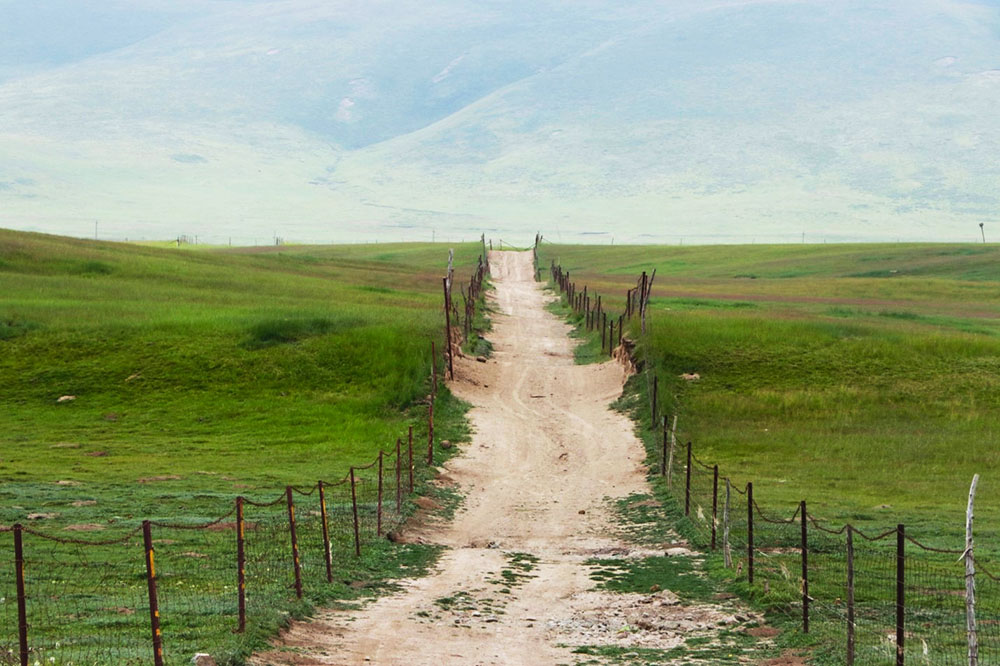
Fig. 2: A dirt road in Yangden. Most dirt roads looked like this after the community’s land was divided into individual family plots and fenced in the 1990s (Photo by John Smith [pseudonym], 2018). This image previously appeared in Issue #97, Spring 2024.
In addition to presenting and publicizing new research, we also encourage timely articles on pressing sociopolitical issues. One of IIAS’ core priorities is to break free of academic silos and ivory towers – that is, to demonstrate the importance of humanities and social science knowledge not only for its intrinsic value, but also for its ability to lend necessary perspective to current events. Compared to most academic journals, The Newsletter prides itself on a relatively swift submission-to-publication timeline, and we frequently ask colleagues with regional or topical expertise to contextualize timely news stories: the United States’ withdrawal from Afghanistan in 2020-2021 (Fig. 3), the pressing issue of provenance and repatriation in European museums (Fig. 4), the COP26 climate change conference, the war in Ukraine, political upheaval in Sri Lanka, and many more. In a similar vein, The Newsletter and its digital platforms offer space for colleagues to comment upon the structural challenges of contemporary academia, from travel bureaucracy and passport inequality to job precarity and changing mechanisms of funding (Fig. 5). Another new section, “The Slate,” extends this concern with contemporary academia into the realm of pedagogy and educational praxis, both in and beyond the classroom. This section is meant to be a space for educators and researchers to explore the debates, practices, challenges, and opportunities of 21st-century education. Thus far, “The Slate” has featured articles on teaching philosophy to elite engineering students in India, the use of graphic novels in the classroom (Fig. 6), the development of community storytelling and place-based educational methods, and much more. Thus, The Newsletter consistently aims to bring scholarly insights to current challenges facing our political, academic, and multi-cultural communities.
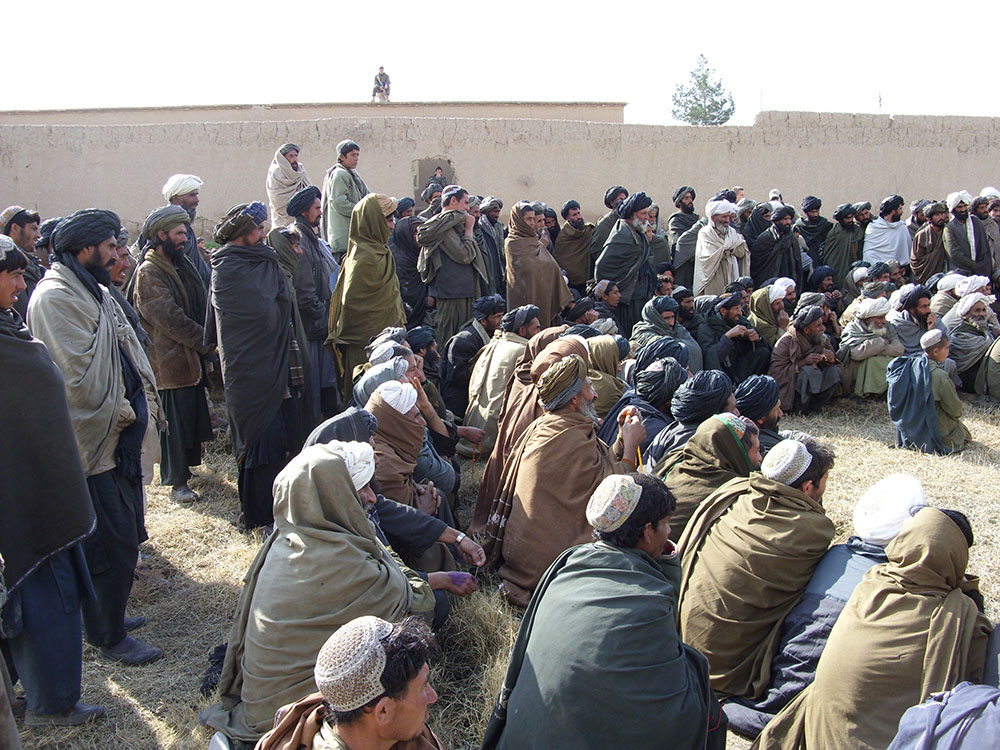
Fig. 3: A meeting of village elders in the district of Derawud in southwestern Uruzgan, southern Afghanistan. Two of the founders of the Taliban movement, Mullah Omar and Mullah Baradar, both lived and worked in this district before moving to Kandahar and setting up their organization (Photograph by Willem Vogelsang, 2009). This image previously appeared in Issue #90, Autumn 2021.
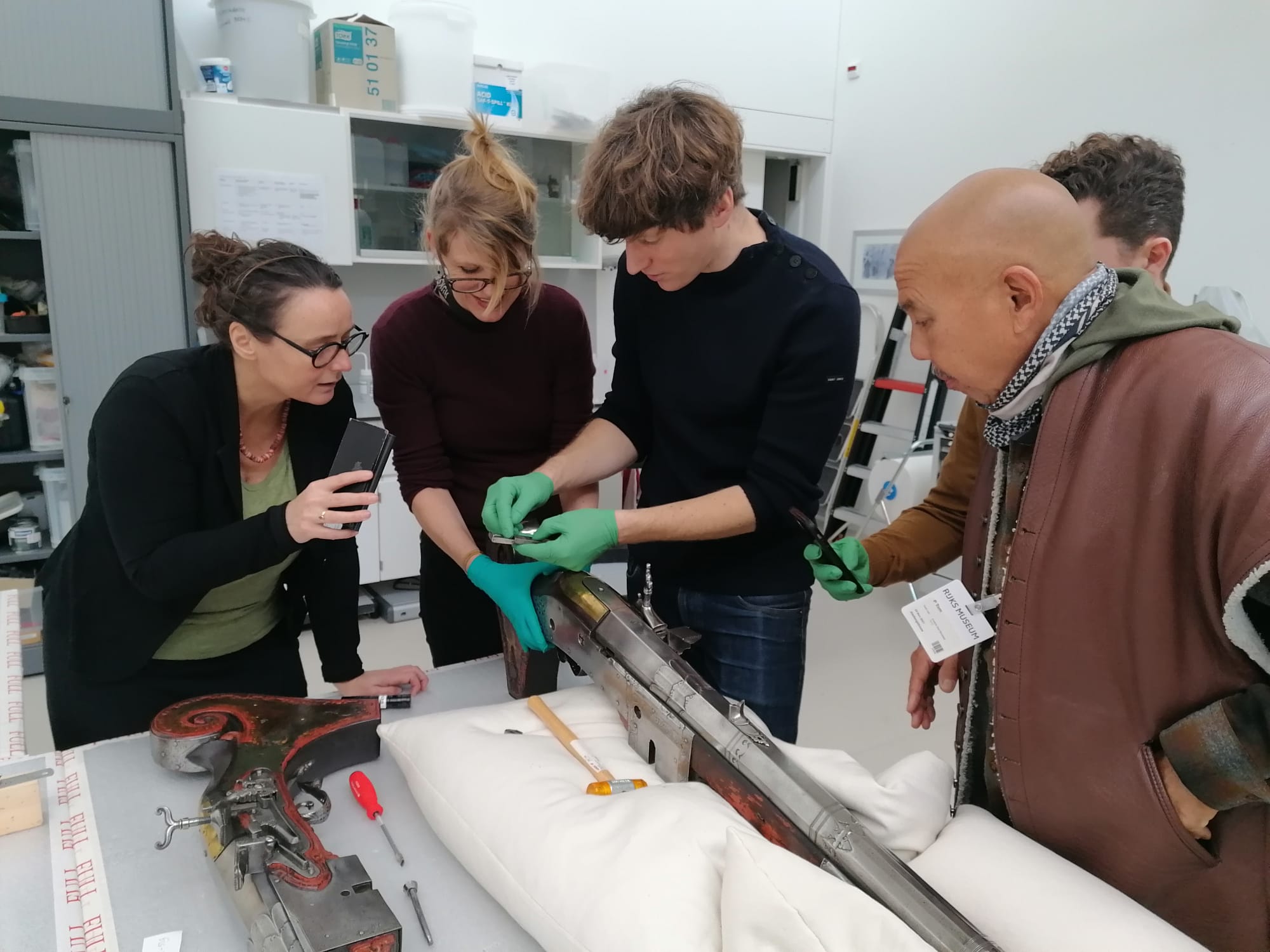
Fig. 4: Inspecting the mechanics of the Maha Thuwakku in the studio of the Rijksmuseum (Photo by Eveline Sint Nicolaas, Rijksmuseum). This image previously appeared in Issue #92, Summer 2022.
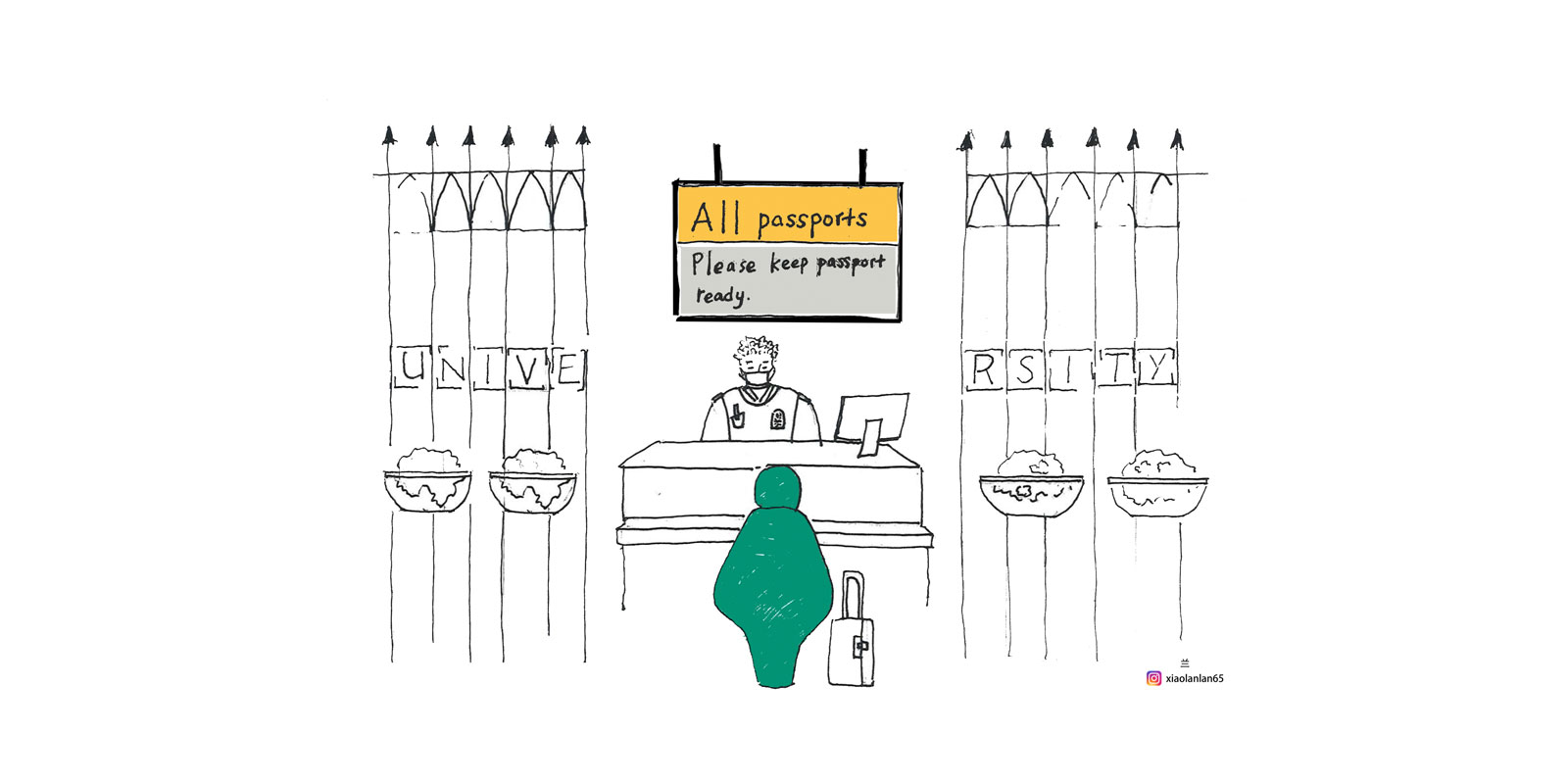
Fig. 5: Illustration by Xiaolan Lin [@xiaolanlan65]. This image previously appeared in Issue #94, Spring 2023.
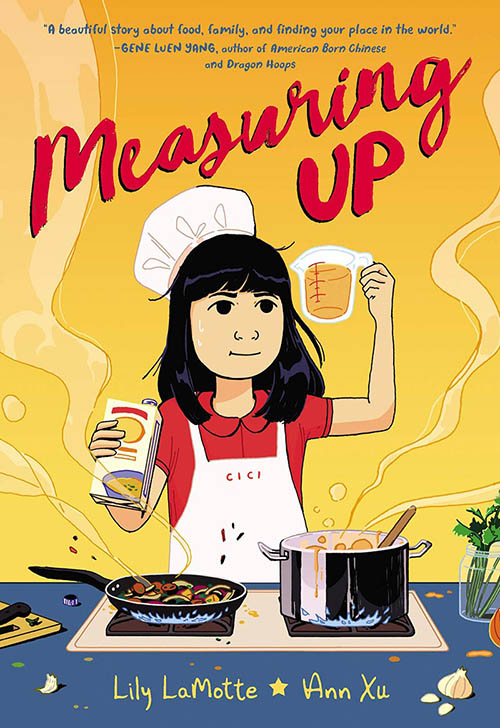
Fig. 6: Measuring Up by Lily LaMotte (HarperAlley, 2020). This cover image previously appeared in Issue #93, Autumn 2022.